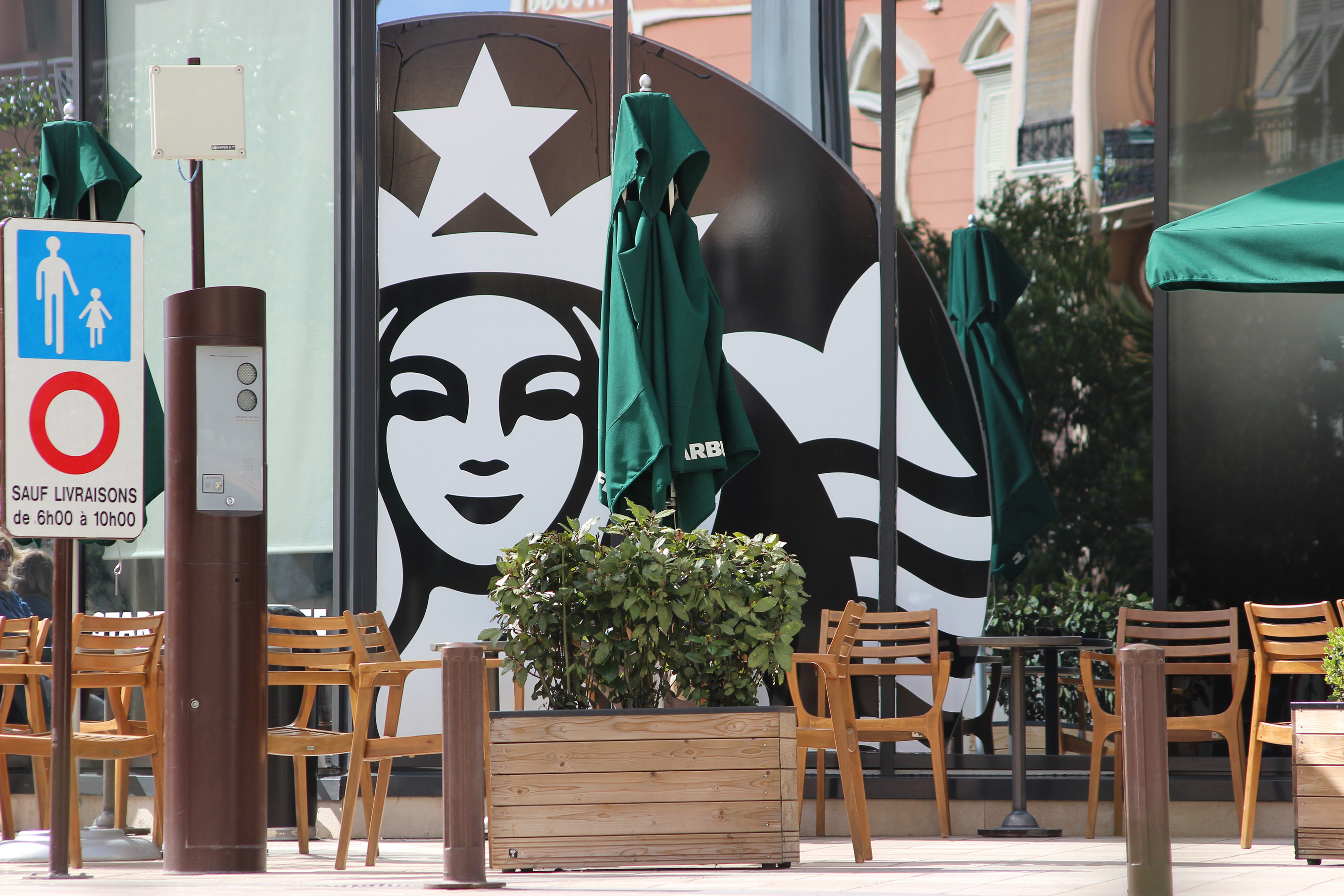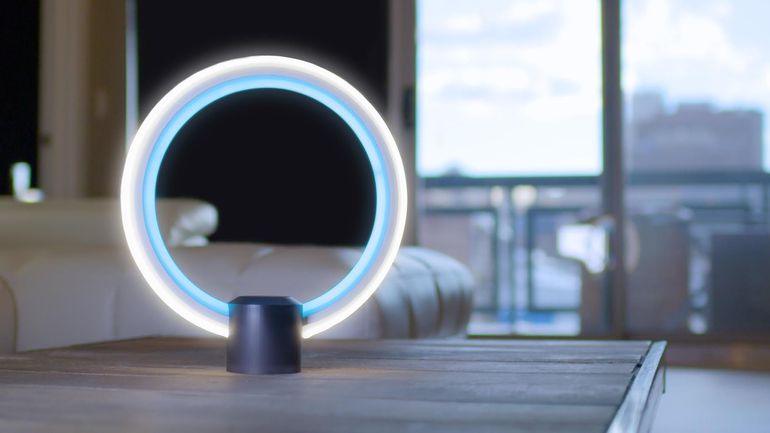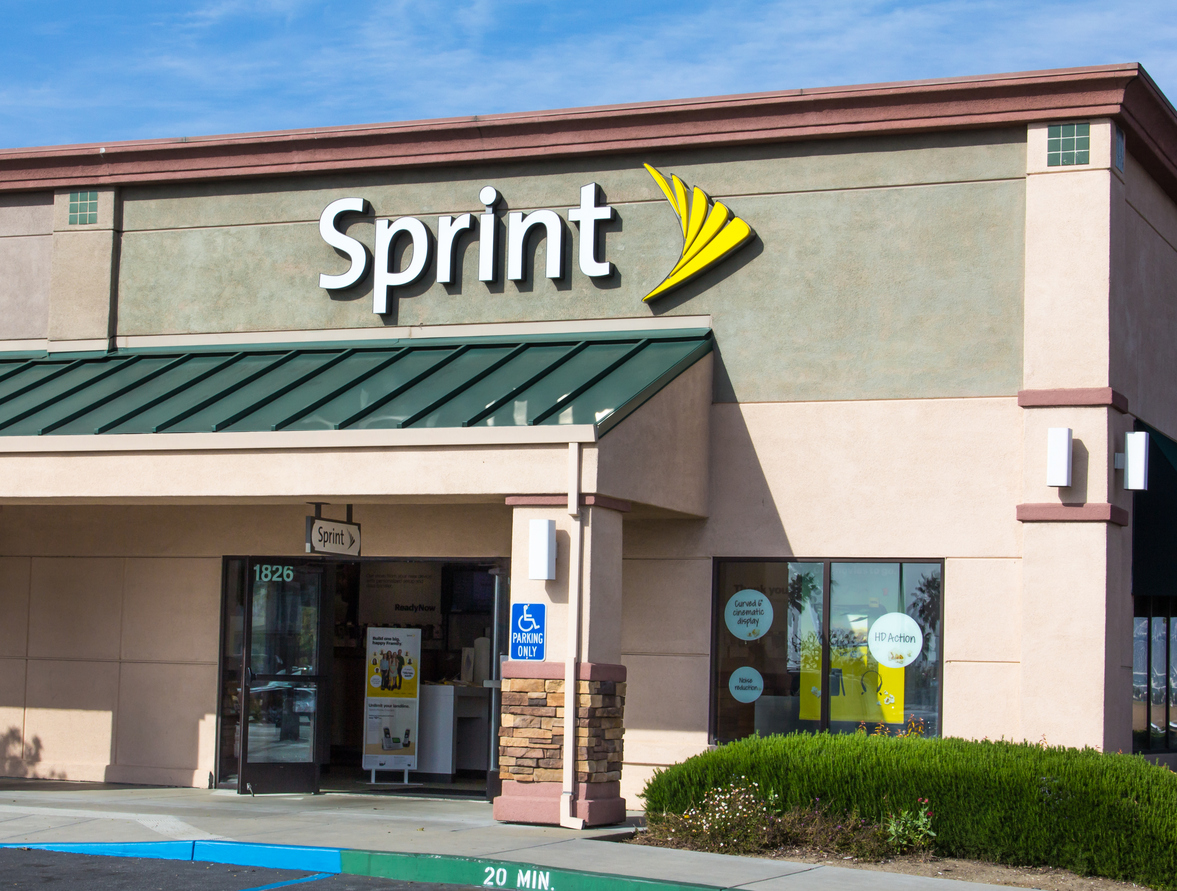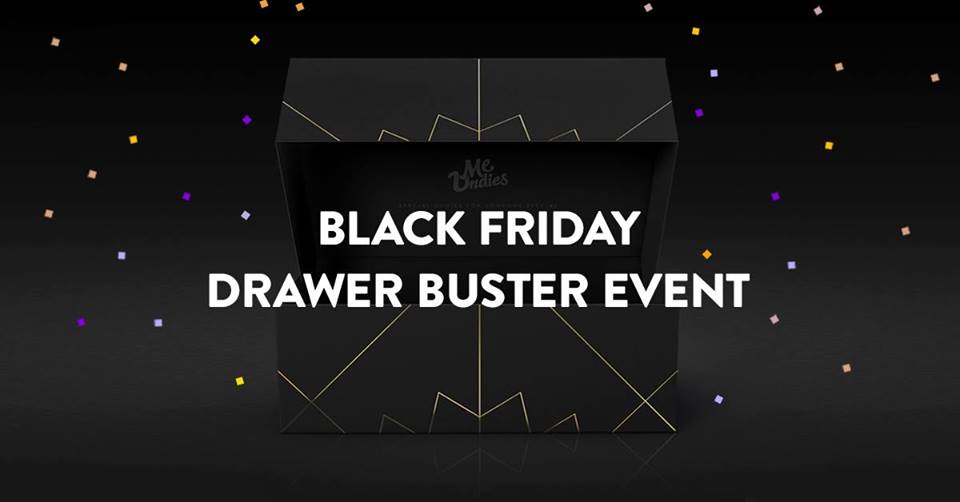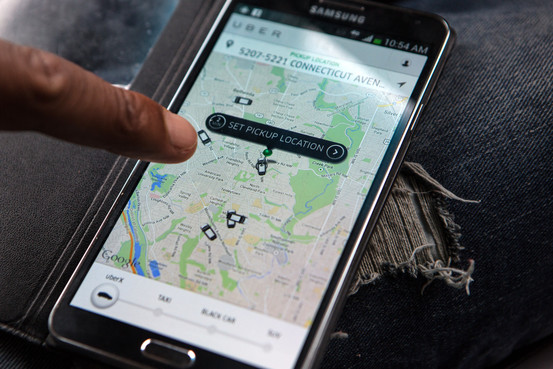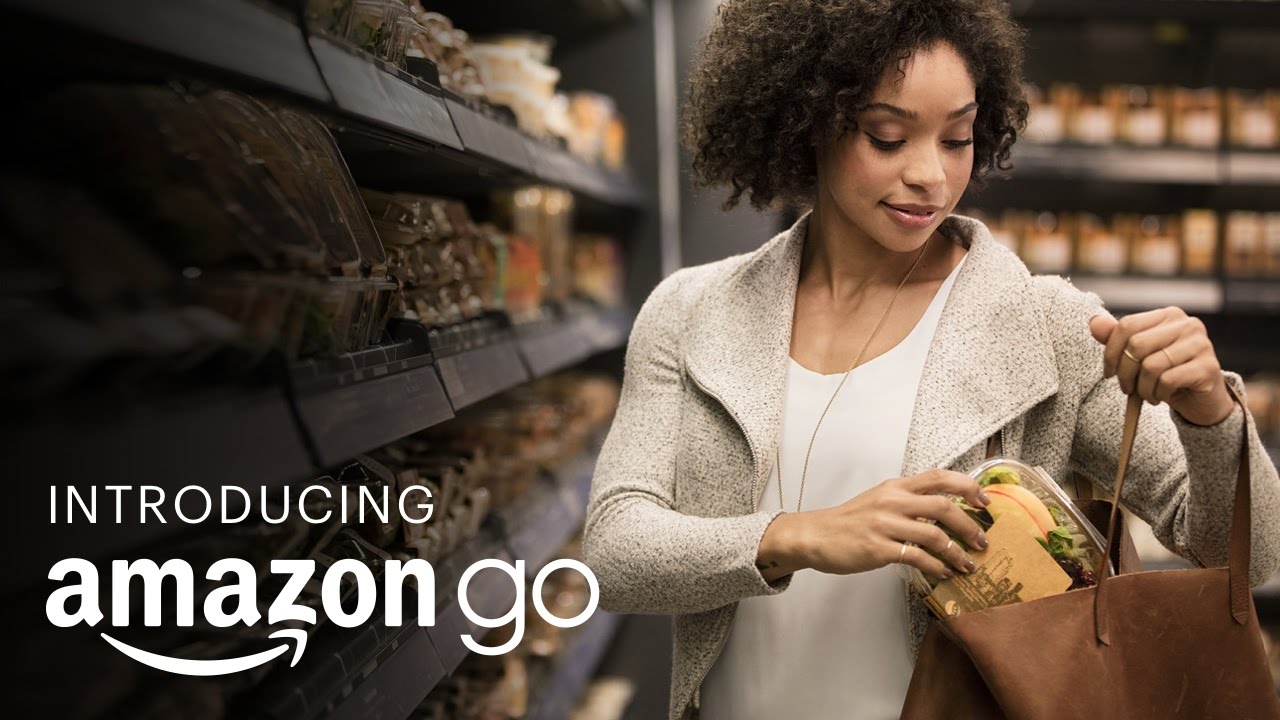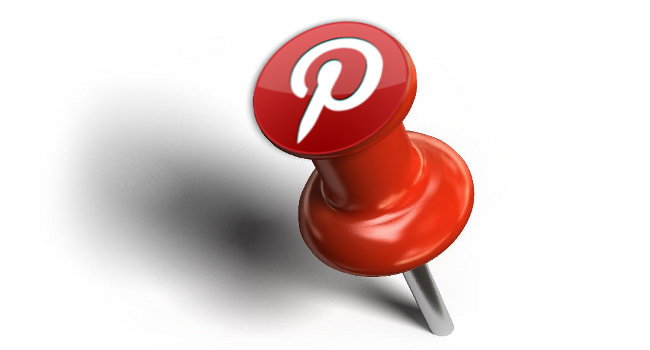What Happened
After turning its U.S. stores into sponsored locations in Pokémon Go to drive visits, Starbucks is doubling down on its mobile initiatives with two big moves. First, the Seattle-based company previewed a conversational chatbot service called “My Starbucks Barista,” which uses MindMeld’s AI engine to understand and place complicated orders in natural language via text or voice. The mobile pre-order service is set to roll out in Starbucks’ mobile apps starting early 2017.
Meanwhile, Starbucks also forged a strategic partnership with Tencent to tap into mobile commerce in China, an increasingly important market for Starbucks. The two companies launched a new social gifting feature on WeChat, the No.1 messaging app in China with over 846 million monthly active users, allowing customers to give Starbucks products to friends using WeChat. The partnership also includes payment integration, which lets Chinese customers pay for Starbucks purchases both online and in-store with WeChat wallets.
What Brands Should Do
These two initiatives indicate Starbucks’ ambition in conquering mobile by building user-friendly conversational services that are growing prominent in consumer-brand interactions (read more on this trend here). The partnership with Tencent to leverage WeChat to reach Chinese consumers could be a strong indication of what it has in store for U.S. messaging platforms such as Facebook Messenger. The upcoming chatbot service leverages the power of AI to make mobile ordering more convenient and user-friendly, which should significantly improve its customer experience on mobile. As mobile becomes integral to the customer journey for most brands, more brands should take notes and start exploring how incorporating conversational interfaces may help improve the customer experience.
The Lab has extensive knowledge about reaching consumers on mobile messaging apps and building branded chatbots. The new NiroBot we build in collaboration with Ansible for Kia delivers comprehensive product information about the all-new Niro model via friendly chats. If you’re interested in reaching your audience on messaging apps and better serving them with a chatbot, please contact our Client Services Director Samantha Holland ([email protected]) for more information or to schedule a visit to the Lab.
Source: GeekWire & China Daily
